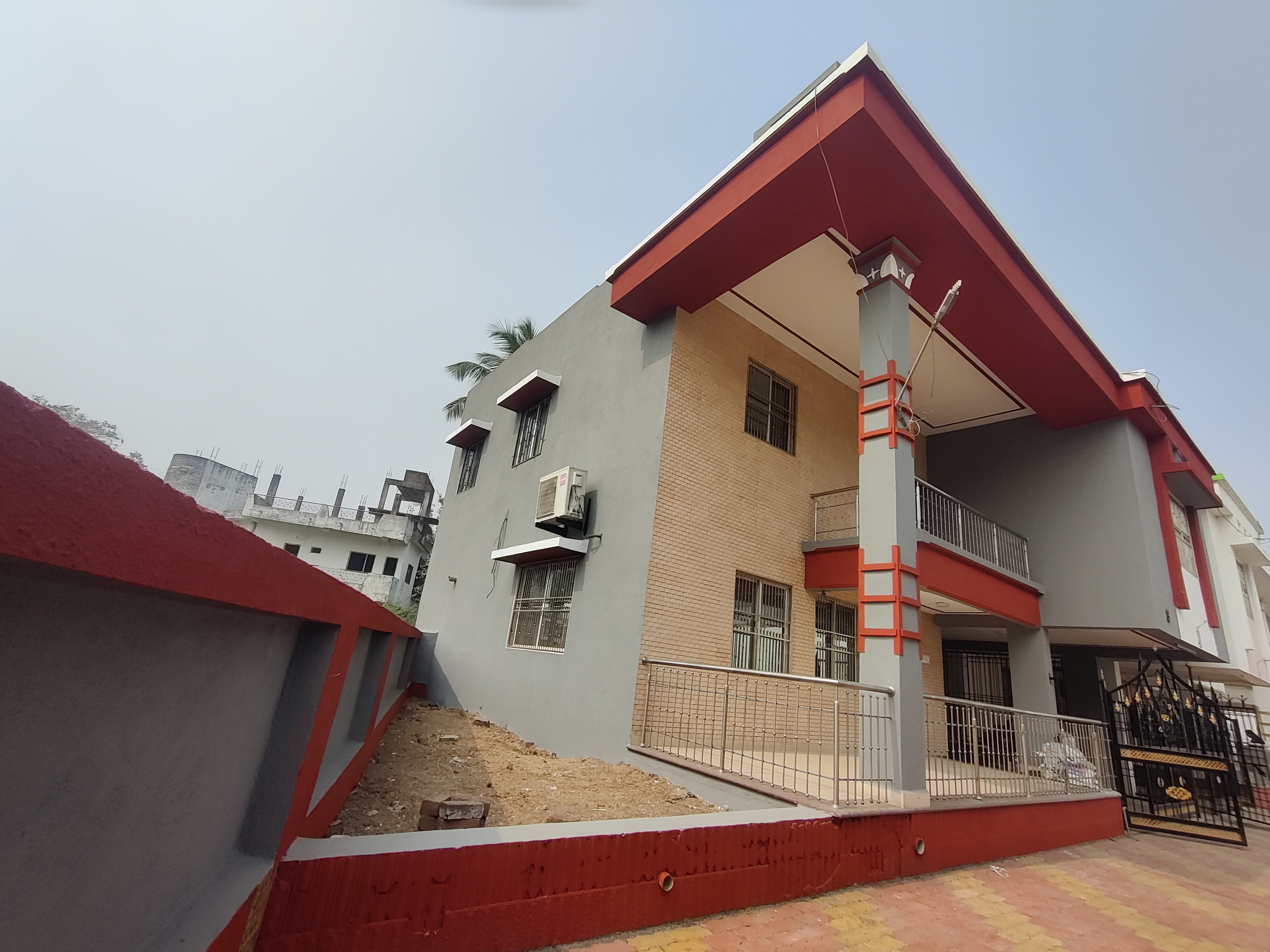Building Exterior Paint Work

Building Exterior Paint Work
Building exterior paint work is a critical part of property maintenance and improvement. It involves applying paint or protective coatings to the outer surfaces of a building, such as walls, trim, and other architectural elements. Here are the key aspects of building exterior paint work:
-
Surface Preparation:
- Cleaning: The surfaces are thoroughly cleaned to remove dirt, dust, mold, mildew, and any existing loose or peeling paint.
- Repairs: Any damaged areas, such as cracks or holes, are repaired, and surfaces are primed as needed.
- Sanding: Depending on the existing paint condition, surfaces may be sanded to create a smooth, uniform substrate.
-
Paint Selection:
- The choice of paint type depends on factors such as the building's material, environmental conditions, desired finish, and local regulations.
- Common paint types include latex or acrylic-based paints, oil-based paints, and elastomeric coatings.
-
Color and Design:
- The color scheme and design are determined based on the building's architectural style, owner preferences, and local regulations.
- Accent colors are often used for architectural details, trim, and doors.
-
Application:
- Paint is applied using brushes, rollers, or spray equipment, depending on the surface and project requirements.
- Proper techniques are employed to ensure an even and uniform coat of paint.
-
Protective Coatings:
- In some cases, protective coatings are applied to increase durability, provide weather resistance, and reduce maintenance needs.
- Coatings can include clear sealers, water repellents, or anti-graffiti coatings.
-
Safety and Environmental Considerations:
- Safety measures, such as scaffolding or fall protection, are implemented to protect workers.
- Environmentally friendly paints and coatings may be used to minimize environmental impact.
-
Weather Considerations:
- Weather conditions, including temperature and humidity, play a role in the timing of exterior paint work to ensure proper adhesion and drying.
- Exterior paint work is often scheduled during seasons with mild weather.
-
Quality Control:
- Quality control measures are implemented to ensure the work meets industry standards and the desired finish.
-
Maintenance:
- Regular maintenance may be required to extend the life of the paintwork and address issues like fading or peeling.
-
Permit and Regulations:
- Depending on the location, permits and compliance with local regulations may be necessary for exterior paint work.
Building exterior paint work not only enhances the aesthetics of a structure but also provides vital protection against environmental elements like UV radiation, moisture, and temperature fluctuations. Properly executed paint work can significantly extend the life of a building and maintain its visual appeal.








